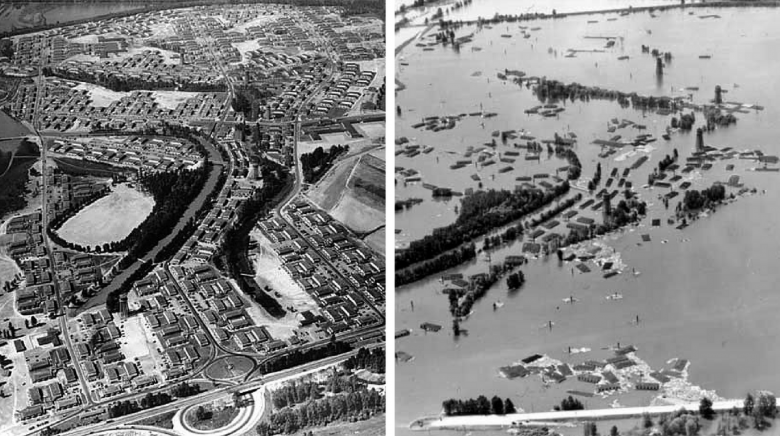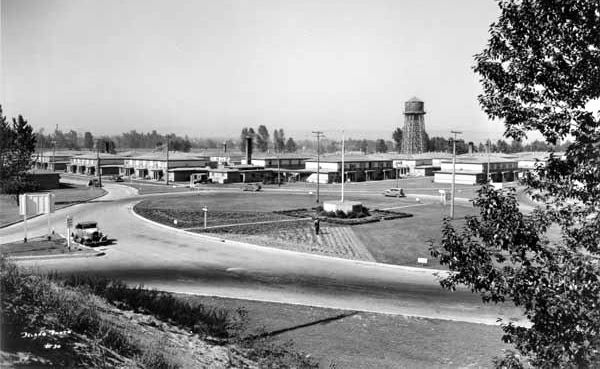Facts prepared by Singing Creek Educational Center from Online Searches
- When the Oregon state constitution was written, it said that black people were not allowed to live here. The rule could not be enforced after 1868 and the end of the Civil War but was not repealed by the voters until 1925 and the words were not removed from the state constitution until 2002.
- Oregon in the 1920s had the highest per capita membership in the KKK in the whole country. In 1922 the governor was open about his membership in the KKK.
- Hospitals were segregated and would only admit people of color if it was an emergency.
- Swimming pools, movie theatres and restaurants were all segregated. One man said that when he was a kid, “going out to eat” meant eating Chinese food since the local Chinese restaurants were the only places where his family would be served. The US government passed a law in 1964 that said public places were for all people and could not discriminate based on race.
- At school, classrooms were integrated (all students together) but only white people were allowed to be teachers. The first black teacher in Portland was Robert Ford, hired in 1945.

Vanport, Oregon, before and after the flood of May 1948. (See the article)
- In the 1940s, William Hilyard was not allowed to deliver “The Oregonian” newspaper in his own neighborhood because he was African American and the neighborhood was mostly white. He grew up to become the top editor of the newspaper and its first African American editor.
- Vanport was a city that was built to house the people working to build ships during World War 2. It was the second largest city in the state and the most integrated. They hired black teachers and people got to know each other in the community. People of color came to Oregon for jobs from other places in the West where they were used to better treatment and they helped make things better in Oregon too.
At any point in history the current state seems like it is “normal”. If something is “normal”, it does not mean that it is “good”. It is important to look at what we consider “normal” and think about whether that is how we want it to be and how it should be. That is where change can begin!
Featured Image at top shows Vanport, Oregon in 1943.


